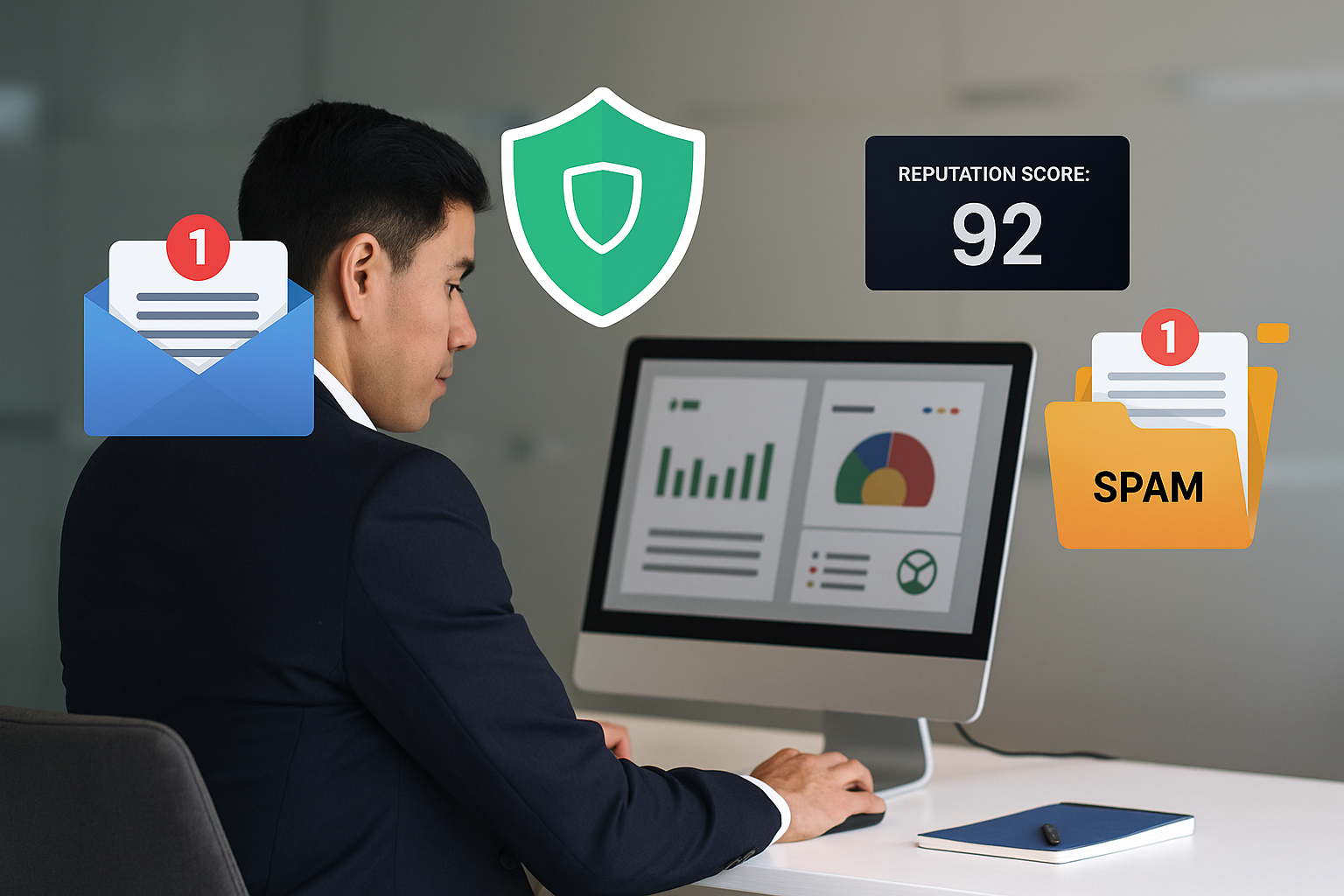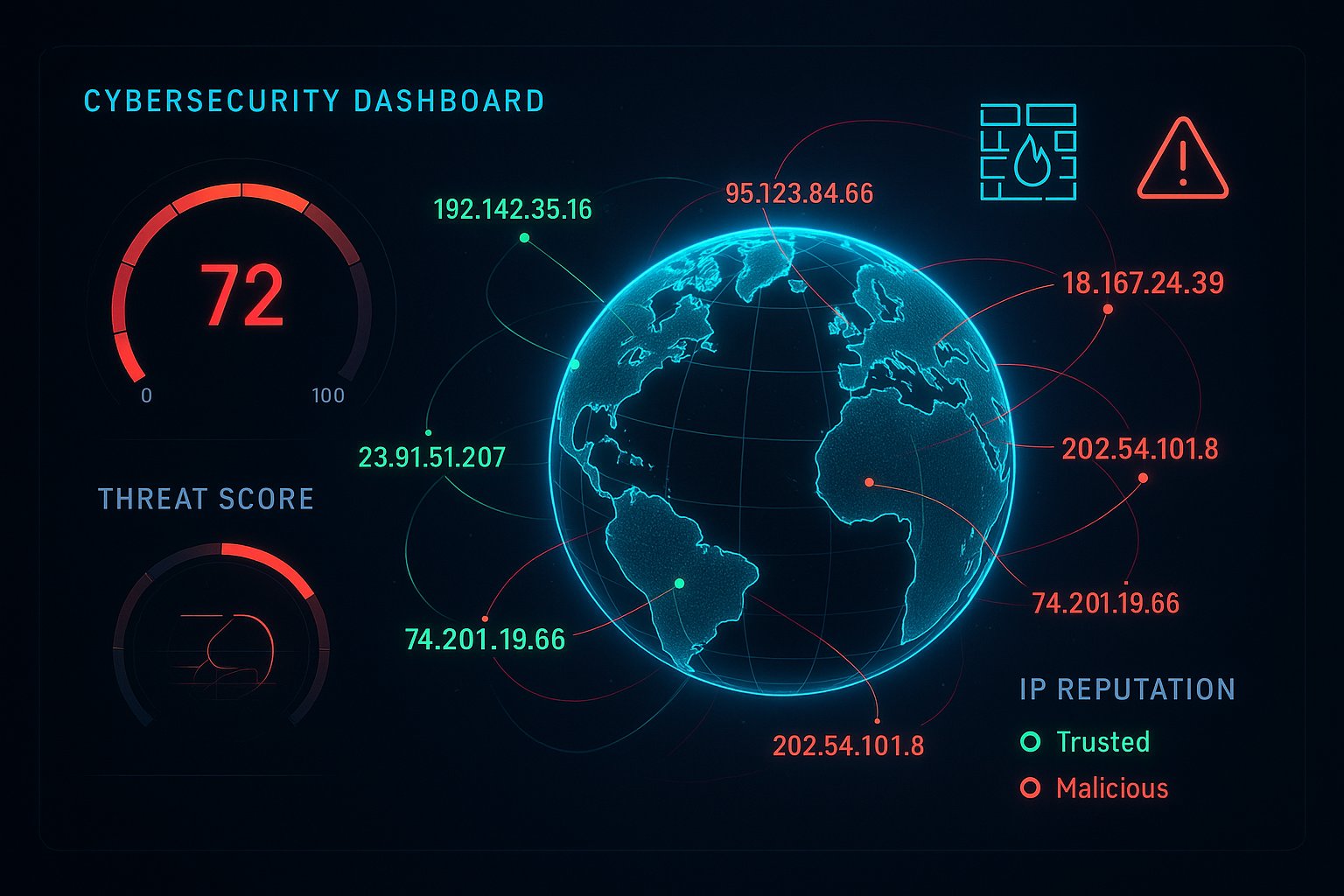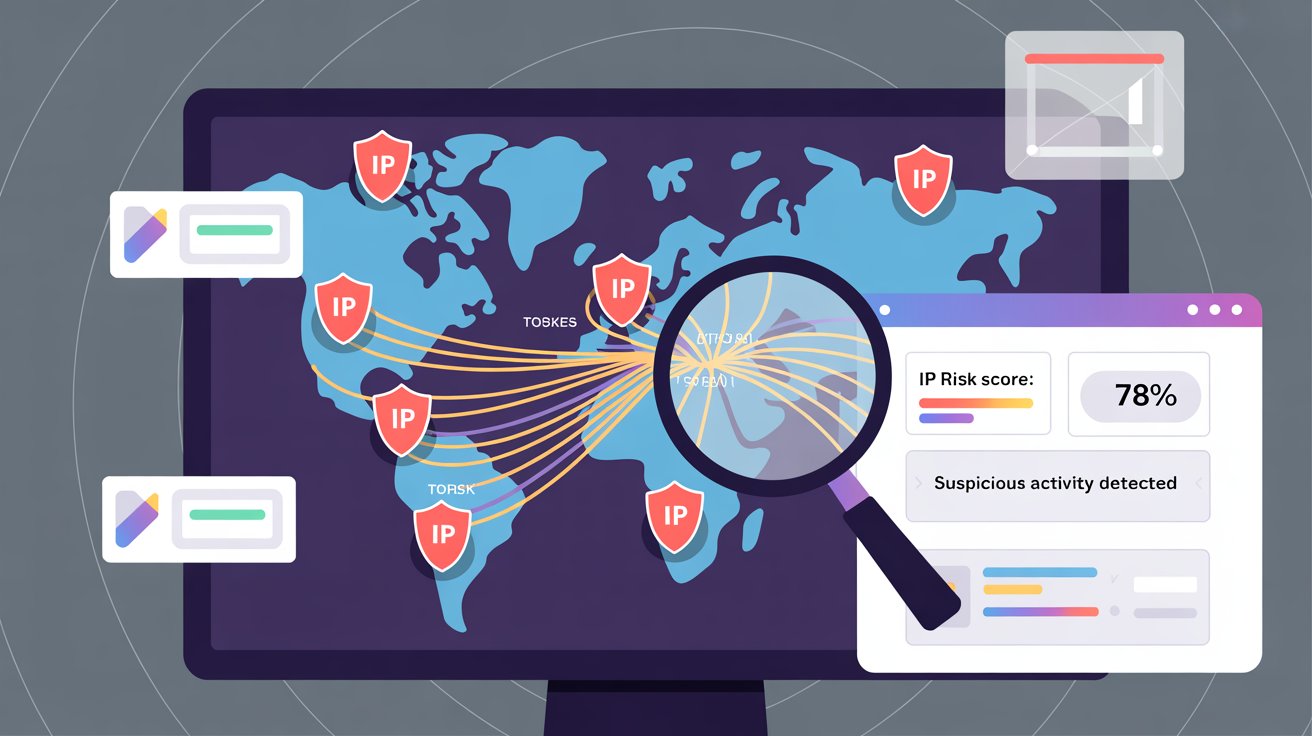Understanding the Role of Email Reputation in Deliverability
Running email campaigns without tracking your reputation? That’s like sending messages into the void. If your emails aren’t hitting inboxes, you’re not just missing clicks, you’re missing revenue, leads, and trust. That’s where an email reputation check steps in. It’s your behind-the-scenes look at how inbox providers view you. Whether you’re running marketing campaigns or managing infrastructure, staying on top of your reputation is a must.
What Is an Email Reputation Check?
An email reputation check gives you a pulse on how email services view your sending behavior. Think of it as your online reputation scorecard. If your score tanks, your emails might never see the light of an inbox.
Here’s what affects your reputation:
- People marking your emails as spam
- High bounce rates from invalid addresses
- Sudden spikes in your send volume
- Landing on a spam blacklist
- Missing authentication (like SPF, DKIM, DMARC)
- Poor engagement, emails ignored or deleted
Inbox providers watch all of this. And they use it to decide whether to deliver your message or toss it into the spam pile.
Why Email Reputation Matters
Your sender reputation is your golden ticket or your biggest barrier, to inbox placement. Mess it up, and you could be in serious trouble.
Here’s what you risk with a bad email reputation:
- A jump in bounce rates
- Messages redirected to spam folders
- A loss of trust from subscribers
- Fewer opens, fewer clicks
- Getting blocked entirely by major providers
A solid email reputation check lets you spot red flags early and fix them before they spiral.
How to Perform an Email Reputation Check
You don’t need a degree in networking to run a proper check. Just some reliable tools and a few quick steps.
1. Check Blacklist Status
This one’s simple, make sure you’re not on a blacklist. It happens more often than most people think even by accident.
2. Monitor Sender Score and IP Reputation
Your sender score on a scale from 0 to 100, tells inbox providers how trustworthy you are. The higher the score, the better your shot at getting into inboxes.
3. Authenticate Your Emails
If your domain isn’t set up properly, your emails might look suspicious, even if they’re legit.
You’ll want to have SPF, DKIM, and DMARC in place. These tell inbox providers your emails are safe and verified.
Not sure if they’re working? Fraudo.io can scan all these and show you where things stand.
Best Practices to Maintain a Strong Email Reputation
Once your reputation looks good, your job’s not over. You’ve got to keep it that way. Here’s how:
1. Use Double Opt-In for Subscribers
It’s tempting to go for a big list fast, but it’s smarter to grow it right. Double opt-in means people confirm they want your emails. That keeps spam complaints down and your list healthy.
2. Clean Your Email List Regularly
Haven’t emailed your list in a while? You’re probably sitting on dead weight. Remove invalid addresses, bounces, and folks who never engage.
3. Monitor Engagement Metrics
If no one’s opening or clicking, inbox providers take notice. Start segmenting your list and send tailored content. When your audience engages, your reputation stays strong.
4. Warm Up New Domains and IPs
Launching a new email domain? Don’t hit “send” on 10,000 emails out of the gate. Ease into it. Send in small batches, then slowly increase. That shows inbox providers you’re not a spammer.
5. Use a Reputable Email Service Provider
Don’t go with a sketchy platform. Reputable ESPs like Mailchimp, SendGrid, or ConvertKit have built-in safeguards to protect your reputation. They also alert you if anything goes off track.
6. Set Up Feedback Loops
If users are hitting “report spam,” you want to know about it. Feedback loops notify you when this happens. Sign up with major ISPs so you can fix things quickly and keep your reputation clean.
Using Fraudo.io for Your Email Reputation Check
Fraudo.io makes it easy to stay on top of your email reputation. No guesswork. Just clean, clear data.
Here’s what it offers:
- Instant blacklist checks
- IP and domain reputation tracking
- SPF, DKIM, and DMARC validation
- Alerts for unusual activity
- Visual dashboards that make data easy to understand
Whether you’re flying solo or managing a big email operation, Fraudo gives you the tools to stay in control.
Proactive Tips to Avoid Email Reputation Damage
Don’t wait for a crisis. These habits can save your sender reputation:
- Never buy email lists, build your own
- Write honest subject lines (no tricks)
- Stick to a consistent sending schedule
- Always include a visible unsubscribe link
- Keep an eye on complaints and fix issues quickly
Repairing a bad reputation isn’t impossible, but it takes time. It’s way easier to prevent the damage in the first place.
Useful Link: Mailchimp Deliverability Guide
Also Read:
Understanding IP Reputation and Risk Scoring
How to Detect Proxies & VPNs with IP Lookup Tools
How Proxy Detection APIs Help Stop Online Fraud
Conclusion: Stay Ahead of Inbox Issues
Your email reputation isn’t just some tech metric, it’s your passport to the inbox. By running regular email reputation checks and following best practices, you can protect your brand, boost engagement, and avoid spam traps.
Want to make sure your emails get delivered?
Use Fraudo.io and keep your sender reputation on point.
Frequently Asked Questions
1. How often should I check my email reputation?
At least monthly. If you’re sending daily or notice a drop in performance, check more often.
2. What hurts my email reputation?
High bounces, spam reports, weak engagement, bad lists, and missing email authentication are the biggest offenders.
3. Can I recover a damaged sender reputation?
Yes, but it takes consistent effort. Clean your list, warm up slowly, and re-engage your most active subscribers first.
4. Will switching platforms fix my reputation?
Not by itself. A new platform won’t erase bad habits. Fix your sending practices first, then make the move.



